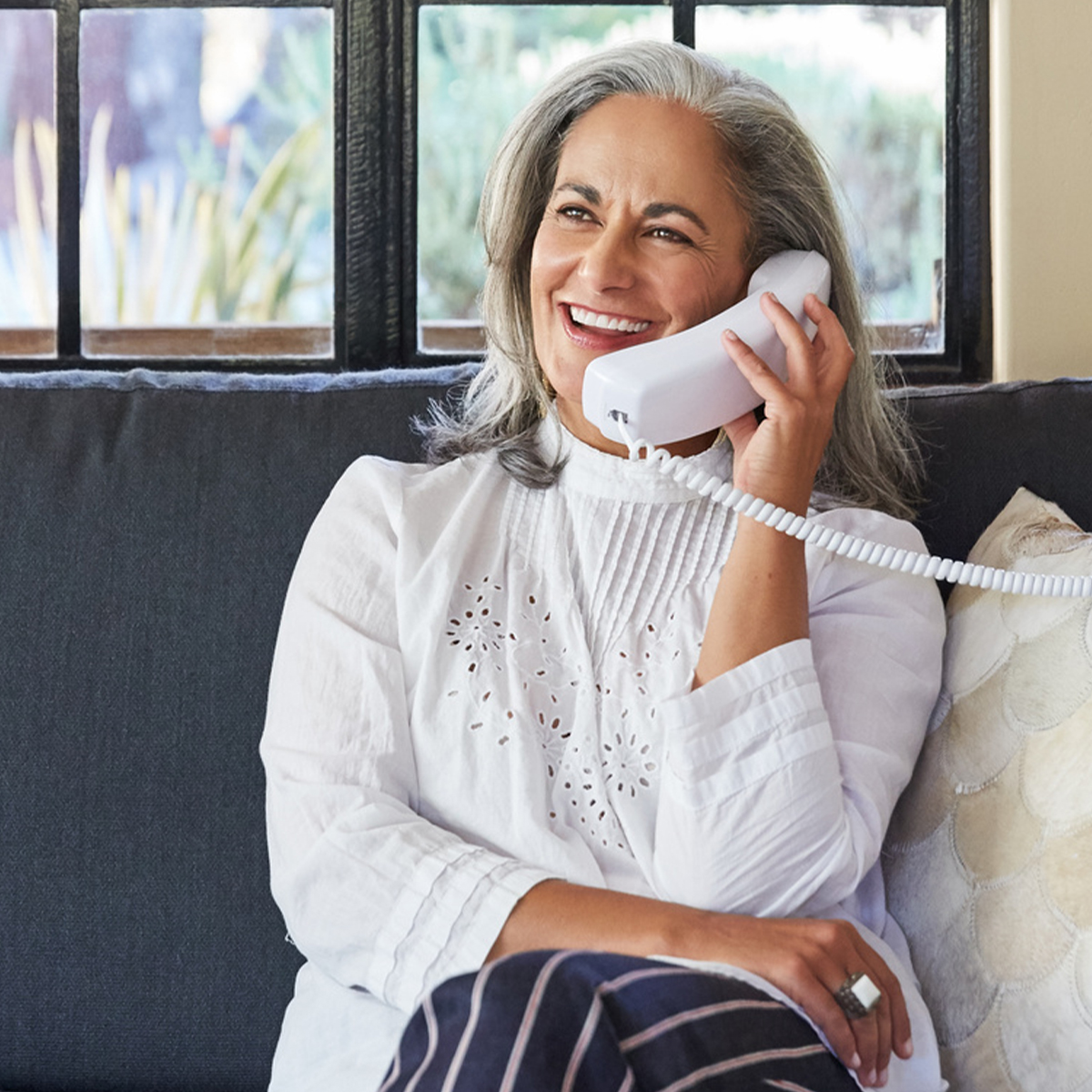Hearing Loss on the Silver Screen

Pop…pop…pop.
Whether you like your popcorn plain or with salt and extra butter, it’s time to dim the lights and dive into a compilation of films that feature hearing loss. Looking for an activity to enjoy with friends and family this holiday season? Plan a movie night with loved ones and select a movie that everyone can enjoy.
The collection of films we’ve chosen to highlight speak to over 360 million people worldwide that have some form of hearing loss. Yes, you read that right; hearing loss is a lot more common than you think! The World Health Organization project by 2050, 2.5 billion people around the world will have some degree of hearing loss.
Why are film portrayals important to hearing loss?
Representation of hearing loss through film and media can help educate people about hearing health and encourage others to support people with hearing loss. It also serves as a beacon of hope for individuals that identify with hard-of-hearing characters going through similar experiences.
Whether a film teaches you something new, inspires you to take precautions or even serve as a reminder to show kindness and empathy, hearing loss on the silver screen is something we all can agree on. Now, let’s talk movies!
Four Films Featuring Hearing Loss
- A Quiet Place stars Millicent Simmonds who plays one of the film’s main protagonists. She and her family must survive by living in silence to avoid mysterious creatures drawn to noise. With the use of hearing devices and sign language, the family quickly adapts to a new world.
Simmonds who is deaf in real life gives an excellent performance playing the role as Regan, a deaf young woman. She was nominated for best youth performances for her character in the film and has given the hard-of-hearing community something to take pride in.
- Sound of Metal follows the life of drummer, Ruben, who must acknowledge that his hearing has begun to deteriorate. The film highlights the feelings and emotions people may experience when having to navigate a new way of life. Though denial is common for many people with hearing loss, addressing that it is not something that will go away on its own is the first step to managing it.
The film celebrates triumphs and focuses on ways to cope with and manage hearing loss. It also brings attention to the importance of protecting your ears from harmful noises and taking precautions that can ensure your hearing health.
- Up is an animated Disney Pixar movie that follows the adventures of Carl and Russel. Carl, a 78-year-old balloon salesperson, is illustrated with hearing aids throughout the entire film. With his hearing aid, he can hear Russel, the 8-year-old wilderness explorer’s every fun and witty comment during their adventure.
Though the movie does not primarily focus on hearing loss, it does shine a light on the importance of hearing devices. Movies with seniors using hearing aids can normalize the use of hearing technology that help better communication and understanding. Now, imagine that paired with a caption phone!
- The River Wild stars award-winning actress Meryl Streep, and co-star Kevin Bacon. In this adventurous thriller, a hearing family are taken hostage by armed criminals.
The film shines a light on the importance of using nonverbal communications that are widely used in the deaf and hard-of-hearing communities.
Movies on the big screen? You bet!
Did you know that movie theaters must provide closed captioning and assistive devices for individuals that need it? Going to the movies with hearing loss is a lot easier than you think thanks to the Americans with Disabilities Act. “Public accommodations that own, lease, or operate movie theaters have an existing obligation to provide effective communication to persons with disabilities…” Remember to ask about your options and consider these tips before your next movie outing:
- Wear your hearing aids
- Adjust the volume of your hearing aids
- Ask about movie captions
- Arrive early to set up equipment
Read more about hearing accessibility at the movies.
Enjoy media and entertainment again! With modern technology and tools, hearing loss is a lot more manageable. If you know someone who is living with hearing loss who does not have a caption phone yet, help them get connected. Learn more about us and call captioning and contact us at 866-246-7850 today.




